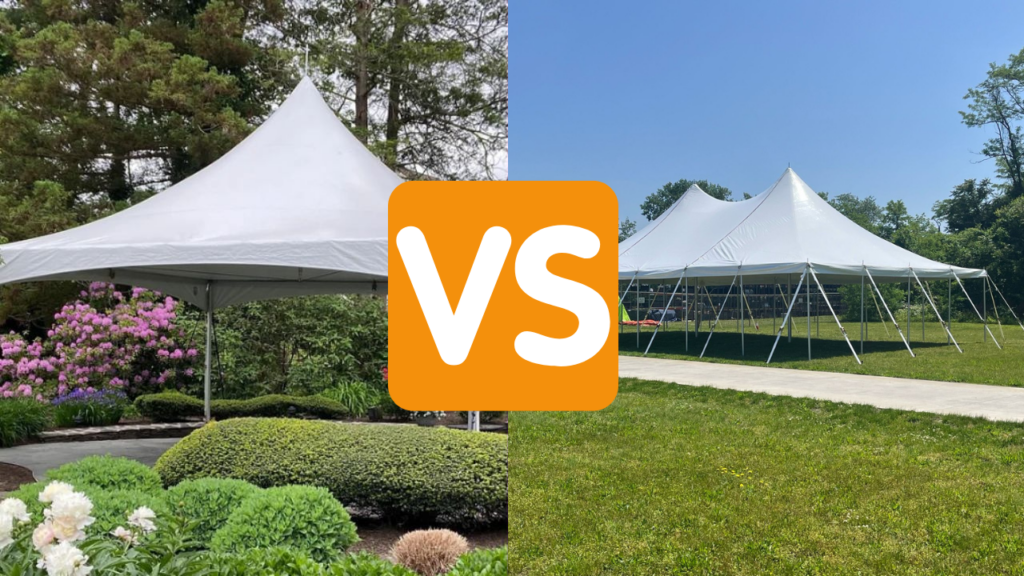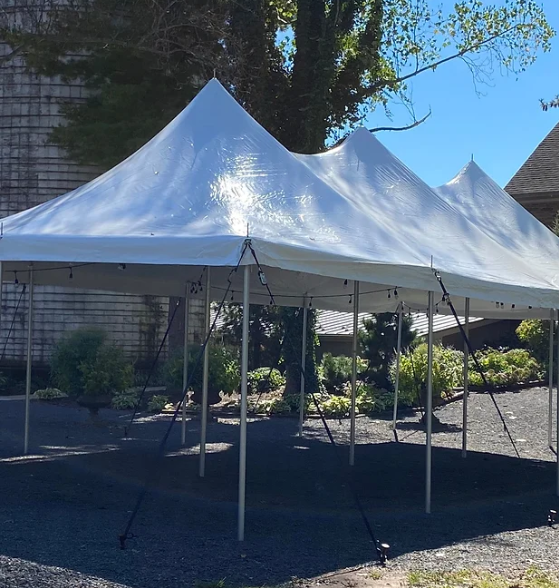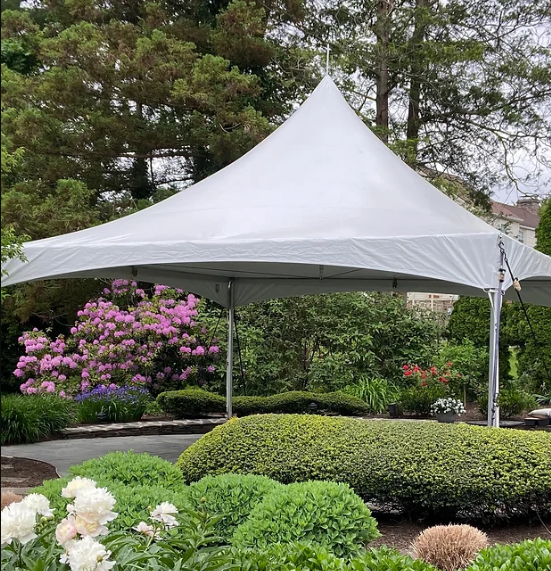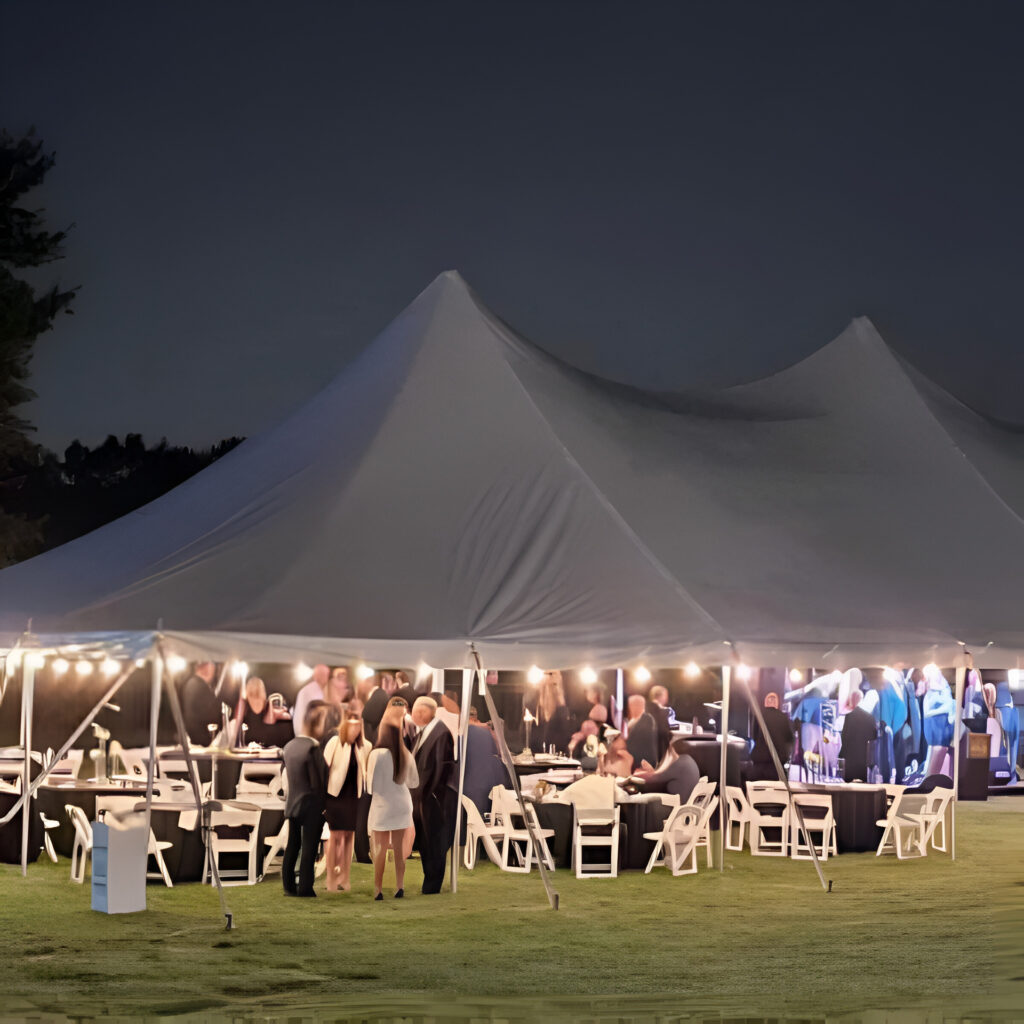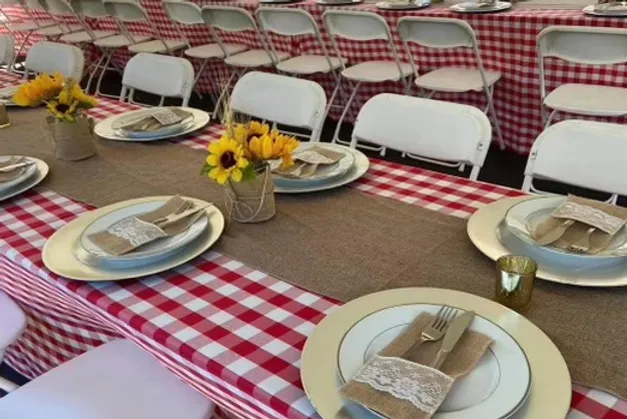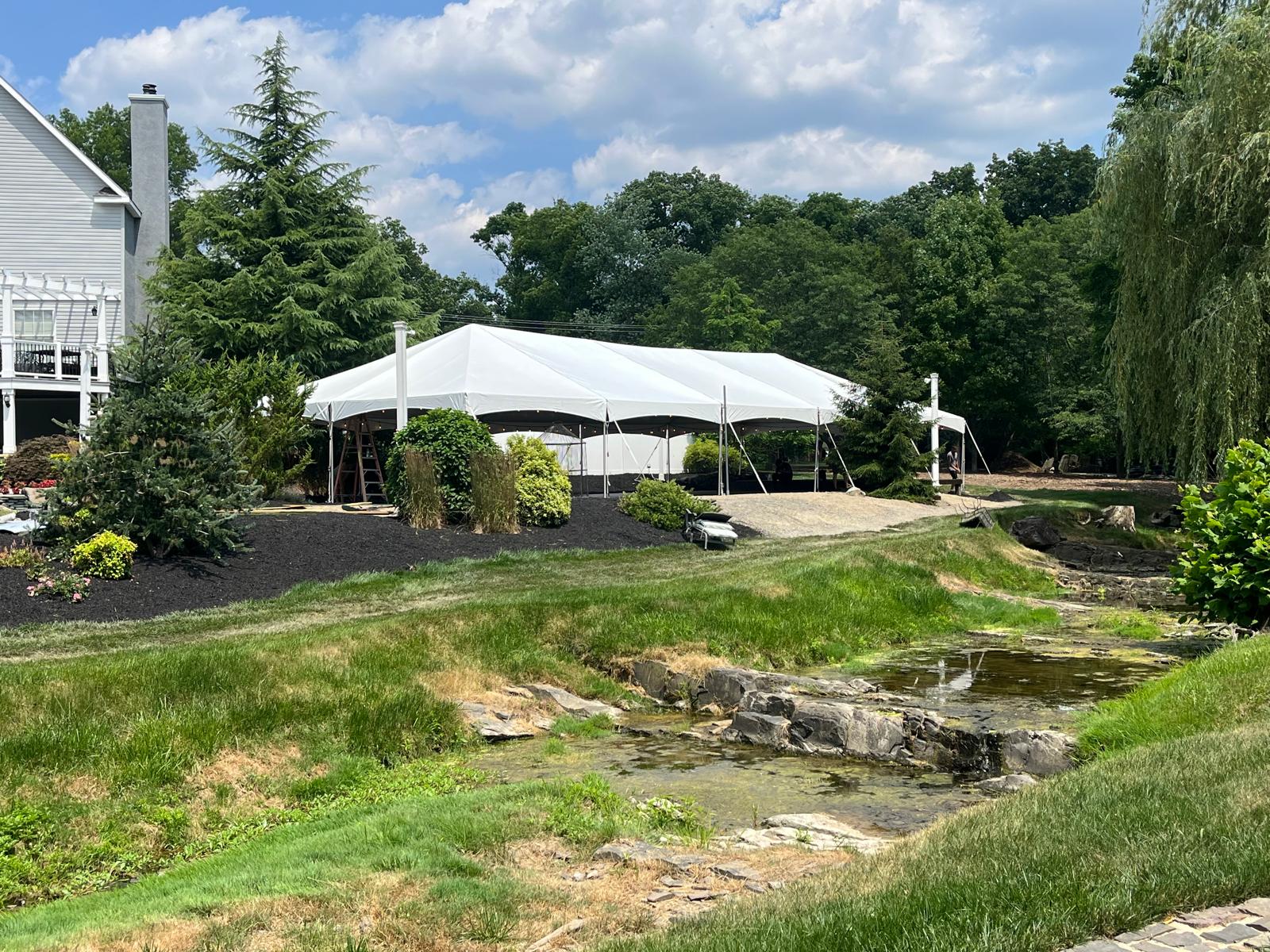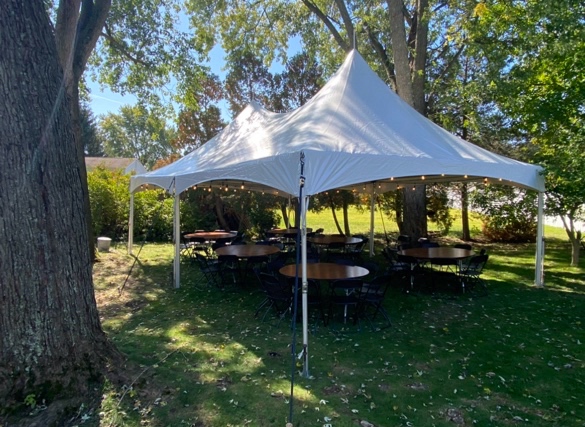Frame Tent vs Pole Tent Ultimate Comparison For Outdoor Events
Frame Tent vs Pole Tent Ultimate Comparison For Outdoor Events Outdoor events require meticulous planning, and one of the most significant decisions is choosing the right tent. Your choice between a frame tent vs pole tent can make or break the event’s success, impacting everything from aesthetics to functionality. While both tent types are popular in the event rental industry, they serve different purposes and excel under specific conditions. In this guide, we’ll provide an in-depth comparison of frame tents vs pole tents, covering their construction, benefits, drawbacks, installation processes, and ideal applications. What is a Frame Tent? A frame tent is a freestanding structure made up of an interlocking aluminum or steel frame that supports the tent’s canopy. Unlike pole tents, frame tents don’t require staking for structural integrity, making them versatile for different surfaces. Key Characteristics of Frame Tents No Center Poles: Frame tents eliminate the need for internal poles, providing unobstructed space. Flexible Placement: These tents can be installed on concrete, asphalt, grass, or even decks. Robust Frame Structure: The sturdy framework ensures durability and weather resistance. What is a Pole Tent? A pole tent features a canopy supported by perimeter poles and center poles. The structure is tensioned using ropes and stakes secured into the ground, giving it stability and its characteristic peaked design. Key Characteristics of Pole Tents: Elegant High Peaks: The dramatic swooping peaks of a pole tent add visual appeal, ideal for formal events. Requires Staking: Pole tents rely on staking, making them best suited for soft surfaces like grass. Quick Setup: Installation is straightforward with the help of a team, making it cost-effective for large events. Frame Tent vs Pole Tent: A Side-by-Side Comparison Let’s dive into the specific differences between frame tents and pole tents to help you make an informed decision. 1. Structural Design Frame Tent: Built with a metal frame that supports the canopy, these tents don’t require internal poles. The frame carries the weight, offering a clean and open space. Pole Tent: Relies on central and perimeter poles for support. The canopy is tensioned using stakes driven into the ground. 2. Interior Space Frame Tent: The absence of center poles means you get 100% usable space. Perfect for layouts requiring flexibility, like dance floors, stages, or trade show setups. Pole Tent: While the peaks add charm, the center poles may limit how the interior can be arranged, especially for larger crowds. 3. Installation Requirements Frame Tent: Can be installed on any flat surface, including asphalt, concrete, or grass. Requires more time and effort due to the intricate frame assembly. Pole Tent: Needs soft ground for staking. It’s faster to install but isn’t ideal for hard surfaces without special modifications. 4. Weather Resistance Frame Tent: Sturdy and stable in windy conditions, thanks to its robust frame. It can also support sidewalls and heaters for extra protection. Pole Tent: Stability depends on proper staking and tensioning. It may be less stable in extremely windy conditions. 5. Visual Appeal Frame Tent: Sleek and modern, offering a minimalist look that works well for corporate events and contemporary weddings. Pole Tent: Classic and elegant, with dramatic peaks that make it a favorite for traditional weddings and outdoor festivals. 6. Cost Frame Tent: Generally more expensive to rent or purchase due to the complexity of the frame structure. Pole Tent: Budget-friendly, especially for larger events, as it requires fewer materials and labor. Benefits and Drawbacks Of Frame Tent Vs Pole Tent Advantages of Frame Tents Unobstructed interior space. Can be installed on virtually any surface. Flexible sizing and configurations. Ideal for tight spaces or areas near buildings. Disadvantages of Frame Tents Higher rental and setup costs. Requires more labor for installation and dismantling. The frame structure may limit design aesthetics. Advantages of Pole Tents Iconic high peaks add elegance and visual impact. Quick and easy to set up, reducing labor costs. More affordable, especially for large-scale events. Disadvantages of Pole Tents Requires soft ground for staking, limiting location options. Center poles may obstruct certain layouts. Stability can be compromised in harsh weather. When to Choose a Frame Tent Frame tents are the ideal choice for: Corporate Events: The sleek, professional appearance works well for business gatherings, trade shows, and product launches. Tight Spaces: Frame tents can be installed in confined areas, including courtyards or adjacent to buildings. Diverse Surfaces: Perfect for events on concrete, asphalt, or other hard surfaces. Weather-Resilient Events: Offers superior stability and protection against wind and rain. When to Choose a Pole Tent Pole tents are perfect for: Weddings: The classic peaks create a romantic and sophisticated ambiance. Large Gatherings: Cost-effective for events with large guest lists, like festivals or community fairs. Outdoor Venues: Ideal for open spaces like gardens, parks, or fields. Quick Setups: If you’re short on time or budget, pole tents offer a quicker installation process. Maintenance and Care Frame Tent Maintenance Tips Inspect the frame for rust or damage before each use. Ensure the canopy is clean and free from tears. Store components in a dry, organized space to prevent wear and tear. Pole Tent Maintenance Tips Regularly clean the canopy with mild soap and water. Check poles and ropes for signs of wear or breakage. Ensure stakes are in good condition and replace them when needed. Renting vs. Buying Renting a Frame Tent vs Pole Tent Cost-effective for one-time events. Includes professional setup and takedown. Offers access to a wide variety of styles and sizes. Buying a Frame Tent vs Pole Tent Suitable for frequent use or long-term needs. Requires storage space and regular maintenance. Higher upfront cost but may save money over time for repeated events. Why Choose Us for Your Tent Rental Needs Whether you’re hosting a wedding, corporate event, or festival, we provide top-quality frame and pole tents tailored to your requirements. Here’s why clients love working with us: Extensive Inventory: From sleek frame tents to elegant pole tents, we have options for every event. Expert Installation: Our team ensures seamless setup
Frame Tent vs Pole Tent Ultimate Comparison For Outdoor Events Read More »

